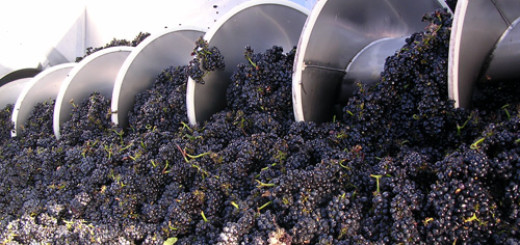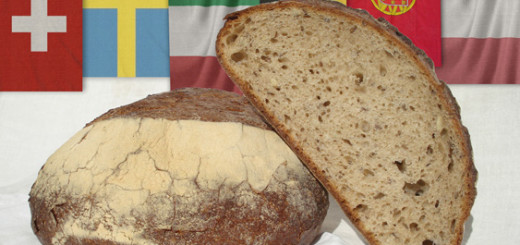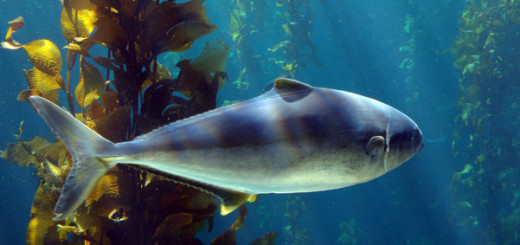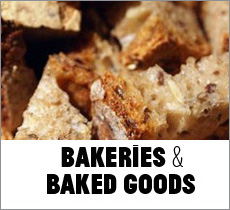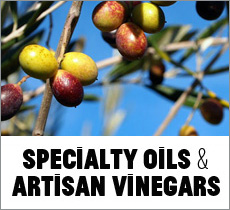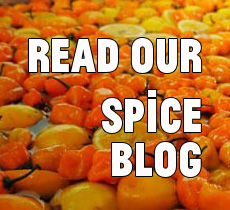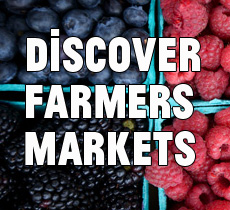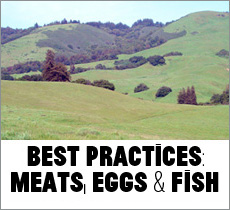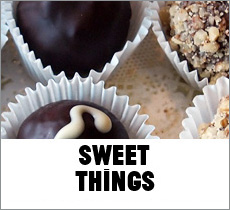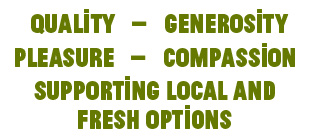Mr. Chardonnay ABCs
It has become fashionable in some circles to subscribe to the “ABC” school of white wine—as in, Anything But Chardonnay. A certain backlash against Chardonnay was inevitable, as is the case with anything that becomes wildly popular. But there is a reason why Chardonnay remains California’s dominant white wine. When done right, it’s hard to beat.

Matt and Chuck Ortman in the vineyard
Why should the white wine experience be an either-or equation? A Sauvignon Blanc might be best for one meal, while Chardonnay might be more appropriate for another. Can’t we all just get along? Also, there are so many styles and iterations of Chardonnay that it’s silly to write it off entirely. The growing category of “un-oaked” Chardonnays only underscores the varietal’s widespread appeal and inherent versatility. Chardonnay lends itself to a diversity of expressions, and in that sense, there is, indeed, a Chardonnay for everyone.
At Ortman Family Vineyards, we endeavor to make fruit-forward Chardonnays that are balanced and complex and that finish with harmony on the palate. Balance is the key word. We don’t want anything to stick out, including the oak. We also want to capture the aromatics of the terroir, the character of the vineyard. This is the “Ortman style” that we have cultivated over the years. When Chuck was a young winemaker in the Napa Valley in the early 1970s, he was one of California’s first winemakers to employ barrel fermentation on Chardonnay. His goal was simple—to make a more complex wine with the rich vanilla flavors that the aging wine draws from the barrel.
Initially, he would ferment the Chardonnay in a stainless steel tank until it reached about 14 or 12 Brix. He would then finish the fermentation in barrels. The idea was to capture the varietal’s pure fruitiness in the tank before turning it over to the barrel. He was also trying to avoid the fermentation from getting too hot. Fermentation starts out fast and vigorous, creating heat, then slows down towards the end with less heat production. Very hot temperatures “blow off” the delicate aromas and stress the yeast, creating the potential for off-flavors and stuck fermentations due to “cooked” yeast. However, after some experimentation, he realized that there was enough natural fruit quality in the grapes that the wine could withstand 100-percent barrel fermentation; also, in a climate-controlled cellar the barrels did not get too hot.
Barrel fermentation, of course, has been a winemaking staple in Burgundy for ages. But the point wasn’t to copy Burgundy. It was to make the most of the comparatively rich, ripe fruit that we get in California. Over the years, “barrel fermentation” has become a marketing catchphrase for Chardonnay, and some have mistakenly associated the method with the over-the-top oakiness that has plagued some examples of the varietal.
But barrel fermentation is, in fact, ideal for subtle integration of oak into the wine. It’s only when you ferment the wine in a tank and then age it in lots of new oak that the wood influence can become overbearing. When it comes to Chardonnay, we ultimately advocate our own school of ABC—Anything But Close-minded. The Chardonnay experience is very diverse and we encourage people to enjoy themselves as they explore it accordingly.
Winemaster Chuck Ortman and his winemaker son Matt Ortman produced Ortman Family Vineyards wines in Paso Robles.
This article first appeared on colorandaroma.com
photo: Ortman Family Vineyards

